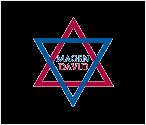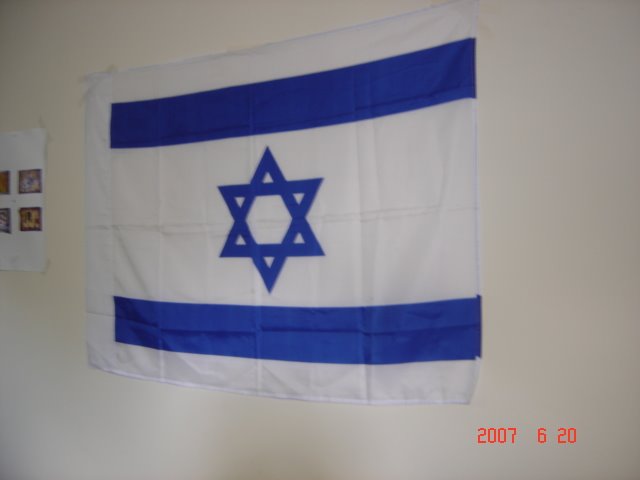Rabbi Aron Tendler
Note: The Shabbos Torah Reading is divided into 7 sections. Each section is called an Aliya [literally: Go up] since for each Aliya, one person "goes up" to make a bracha [blessing] on the Torah Reading.
---------------------------------------------------------------------------
1st Aliya: Yehuda confronts Yoseph in the aftermath of the stolen chalice. Yehuda reviews the past events, starting from Yoseph's suspicious interest in their family.
2nd Aliya: Yehuda's final plea, that he would remain a slave instead of Binyamin, triggers Yoseph to reveal himself. Yoseph mitigates his brother's shock and obvious shame by explaining to them the hidden hand of Hashem in all that had occurred.
3rd Aliya: Yoseph instructs his brothers to bring Yakov and the rest of the family to Egypt. Pharaoh, having heard the news of the brother's arrival, confirms Yoseph's offer.
4th Aliya: Yoseph sends provisions and transportation for Yakov's entire household. Yakov is told of Yoseph being, "alive and well and ruling the land of Egypt".
5th Aliya: Yakov wishes to see Yoseph, but first asks Hashem for instructions. Hashem reassures Yakov that the time of slavery and nationhood has begun, and that he must go to Mitzrayim. The 70 direct descendants of Yakov are counted.
6th Aliya: Yakov and Yoseph reunite after 22 years. Five of the brothers and Yakov are presented to Pharaoh. Yakov blesses Pharaoh. The year is 2238.
7th Aliya: The remainder of the Parsha is a flashback to the two years preceding Yakov's arrival. Yoseph's master plan for reconfiguring Egyptian society is detailed. Yoseph follows the broad outline of his advice to Pharaoh regarding the administration of the 7 years of plenty. The famine must have been of enormous intensity for Yoseph to accomplish his plan in just two years. Although the people "sell" themselves to Pharaoh in order to get food, Yoseph's plan maintains their sense of dignity and independence.
---------------------------------------------------------------------------
Haftorah Vayigash
Yechezkel 37:15
In the year 2964 - 797 b.c.e, following the death of Shlomo Hamelech, the nation was divided between Rechavam ben Shlomo and Yiravam ben Nivat. Rechavam ruled over Yehudah and Binyamin, and Yiravam ruled over the other 10 Tribes. Rechavam was a direct descendant of Dovid Hamelech, and Yiravam was a descendent of Ephrayim. In this week's Haftorah, Yichezkel Hanavi prophesied the time when the divided kingdom's of Yehudah and Yisroel would unite beneath the single banner of the family of King David.
The connection to our Parsha is obvious. Our Parsha begins with a confrontation between Yehuda and Yoseph. Both were destined to be Kings over the Jewish people. However, Yoseph's reign was limited to necessity and circumstance while Yehuda's would be as eternal as the Jews themselves.
It is important to note that the close relationship between Yehuda and Binyamin, even though they were not from the same mothers, was maintained throughout history. It gives additional meaning to the Rashi on pasuk 40:14 that explains why Yoseph and Binyamin cried for each other at the time of their reunion. Rashi explains that the tears were for the eventual destruction of the Mishkan and the Bais Hamikdash. In truth, the removal of Hashem's presence from our midst occurs when there is hatred and divisiveness. The Tribe of Binyamin should have been closest to Ephrayim and Menashe. Instead, the division of the Land placed Yehudah closest to Binyamin, allowing for a singular unity between the two tribes that would allow them to share the actual structure of the Bais Hamikdash. It was as if Hashem was telling us that Yehuda's willingness to sacrifice for Binyamin at the beginning of Parshas Vayigash is the kind of unity that will maintain Hashem's presence in our midst.
The coming of Mashiach can only happen when a divided nation reunites. May it happen soon, and in our life times!




